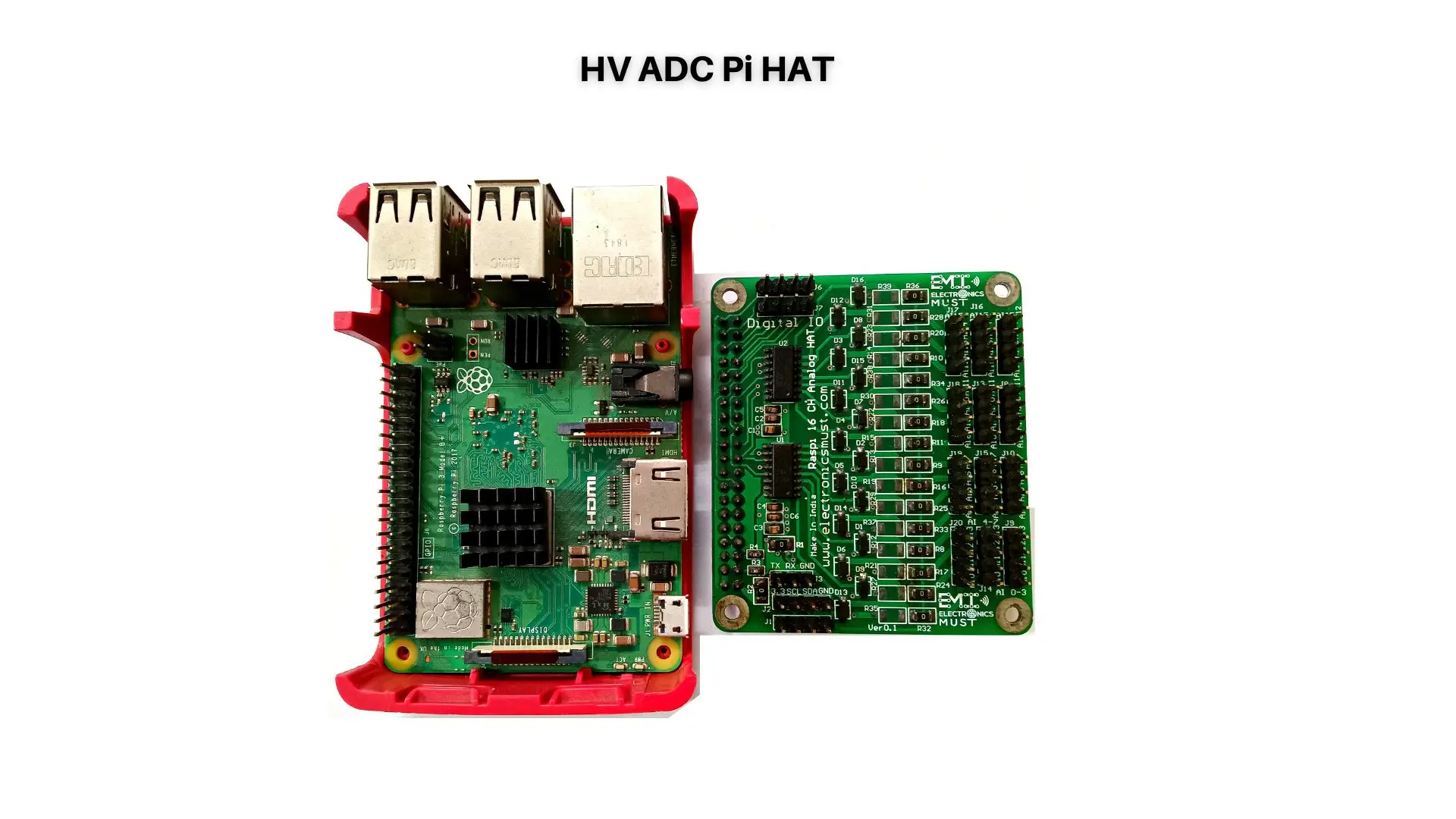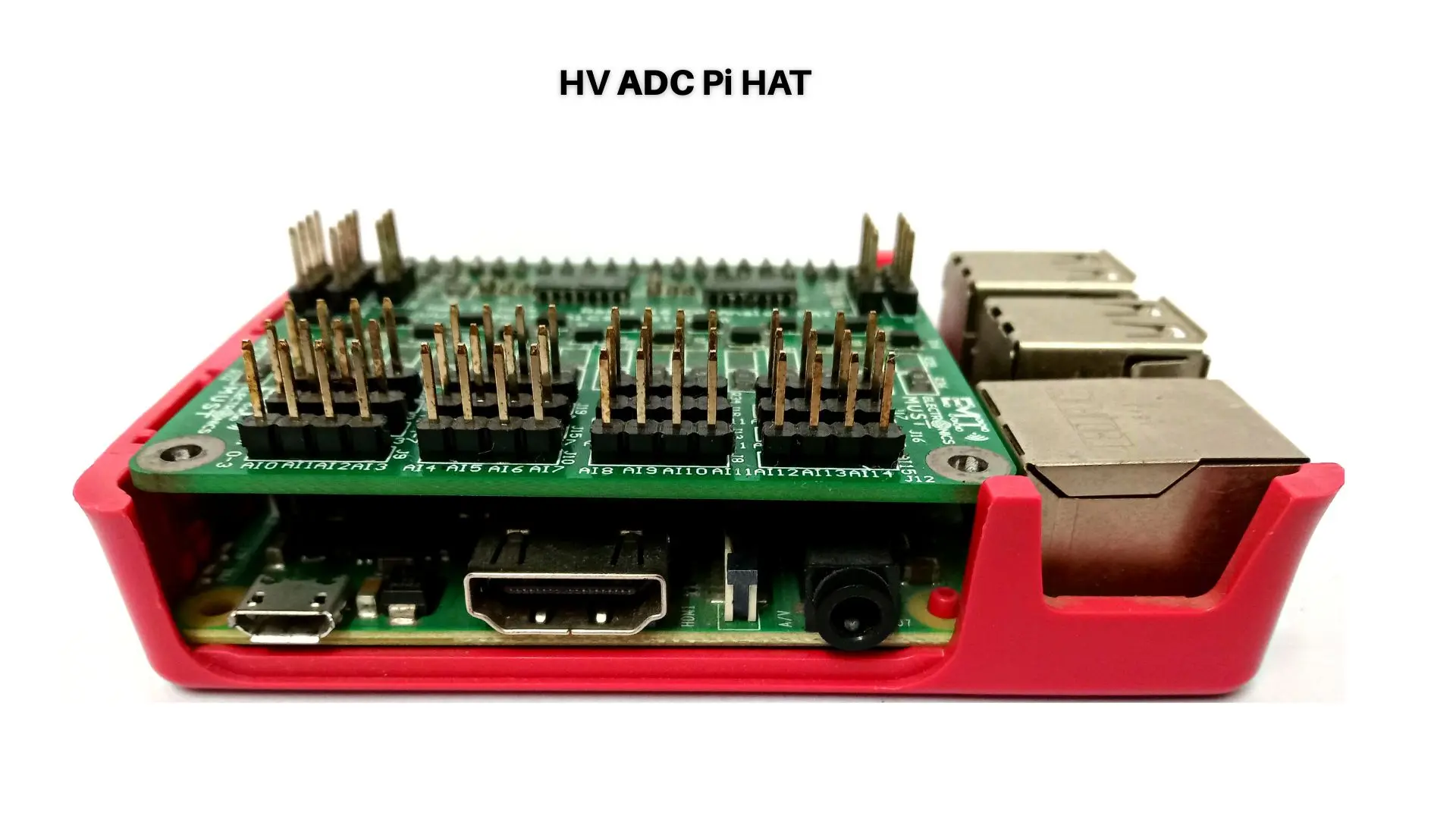Introduction:
Innovation is the lifeblood of the electronics industry, constantly driving advancements and pushing the boundaries of what is possible. Disruptive innovations have the power to revolutionize the industry, transforming the way we design, manufacture, and interact with electronic devices. In this blog post, we will explore the benefits of disruptive innovations in electronics design, discuss their importance in shaping the future, delve into other key factors that contribute to their success, and conclude with the significance of embracing disruptive innovations to stay ahead in the fast-paced world of electronics.
Benefits of Disruptive Innovations:
1. Game-Changing Solutions: Disruptive innovations have the potential to introduce game-changing solutions that address unmet needs or inefficiencies in existing systems. These innovations can significantly improve performance, enhance user experiences, and redefine industry standards.
2. Market Opportunities: Disruptive innovations create new market opportunities, opening up untapped potential and attracting customers seeking novel and improved solutions. Companies that successfully introduce disruptive innovations can gain a competitive advantage, expand their market share, and drive business growth.
4. Cost Reduction and Efficiency: Disruptive innovations often bring cost reduction and increased efficiency. By challenging traditional approaches and introducing new technologies, companies can streamline processes, optimize resource utilization, and lower production costs. This, in turn, can make advanced electronic devices more accessible and affordable.
5. Environmental Sustainability: Disruptive innovations can contribute to environmental sustainability by reducing energy consumption, minimizing waste, and promoting eco-friendly practices. For example, energy-efficient designs and materials can lead to a significant reduction in carbon footprints, helping mitigate the environmental impact of electronic devices.
6. Societal Impact: Disruptive innovations can have a profound societal impact, transforming industries and improving people’s lives. From healthcare and transportation to communication and entertainment, disruptive innovations have the potential to revolutionize how we live, work, and interact with the world around us.
Importance of Disruptive Innovations in Electronics Design:
1. Staying Ahead of the Curve: In the fast-paced world of electronics, staying ahead of the curve is crucial for businesses to remain competitive. Embracing disruptive innovations allows companies to lead the market, anticipate customer needs, and drive industry trends rather than follow them. Companies that fail to embrace disruptive innovations risk falling behind and becoming obsolete.
2. Meeting Evolving Customer Demands: Customer demands and expectations evolve rapidly. Disruptive innovations help address these changing demands by introducing novel features, enhanced functionality, and improved user experiences. By understanding customer needs and leveraging disruptive technologies, companies can deliver products that truly resonate with their target audience.
3. Fostering Collaboration and Partnerships: Disruptive innovations often require collaboration and partnerships between companies, industries, and even academia. By embracing collaboration, companies can access a wider pool of expertise, share resources, and leverage complementary technologies. Collaborations foster knowledge exchange, accelerate innovation, and create mutually beneficial opportunities for all involved parties.
4. Technology Evolution and Obsolescence Mitigation: Disruptive innovations drive the evolution of technology and help mitigate the risk of obsolescence. By continuously exploring new technologies, companies can adapt to changing market dynamics, integrate emerging trends, and ensure that their products remain relevant and competitive in the long run.
5. Industry Leadership and Influence: Companies that pioneer disruptive innovations gain industry leadership and influence. They become key players, setting industry standards, shaping regulations, and influencing the direction of future developments. Being at the forefront of disruptive innovations allows companies to have a say in shaping the industry landscape and driving its growth.
Other Factors to Consider:
1. Research and Development: Investing in research and development is crucial for identifying and developing disruptive innovations. Companies must allocate resources and foster a culture of innovation to encourage creative thinking, experimentation, and exploration of new technologies.
2. Intellectual Property Protection: Disruptive innovations often involve novel technologies or approaches. Protecting intellectual property through patents, trademarks, and copyrights is essential to safeguard innovations, gain a competitive edge, and ensure a return on investment.
3. Market Analysis and Customer Insights: Understanding market trends, customer preferences, and emerging needs is vital for identifying areas ripe for disruption. Companies must conduct thorough market analysis, gather customer insights, and conduct market research to identify opportunities and align their innovations with market demands.
4. Regulatory and Compliance Considerations: Disruptive innovations may introduce new regulatory and compliance challenges. Companies must be aware of applicable regulations, standards, and certifications to ensure their innovations meet legal requirements and industry guidelines.
5. Risk Management: Disruptive innovations inherently involve risks. Companies must carefully assess and manage risks associated with technology development, market adoption, competition, and scalability. Effective risk management strategies help mitigate potential pitfalls and maximize the chances of success.
Conclusion:
Disruptive innovations are a driving force in the electronics industry, providing numerous benefits, including game-changing solutions, market opportunities, cost reduction, environmental sustainability, and societal impact. Embracing disruptive innovations is essential for staying ahead of the curve, meeting evolving customer demands, fostering collaboration, and mitigating the risk of obsolescence.
To fully leverage the potential of disruptive innovations, companies must invest in research and development, protect their intellectual property, analyze market trends, and consider regulatory compliance. Additionally, effective risk management strategies help navigate the challenges associated with disruptive innovations.
By embracing disruptive innovations, companies can lead the industry, shape the future of electronics, and create positive impacts on society. The journey towards disruptive innovations is an exciting one, filled with opportunities for growth, collaboration, and technological advancements.
Let us continue to push the boundaries, challenge the status quo, and revolutionize the industry through disruptive innovations. Together, we can shape a future where electronics design continuously evolves, delivering transformative solutions that enrich lives and drive progress.






